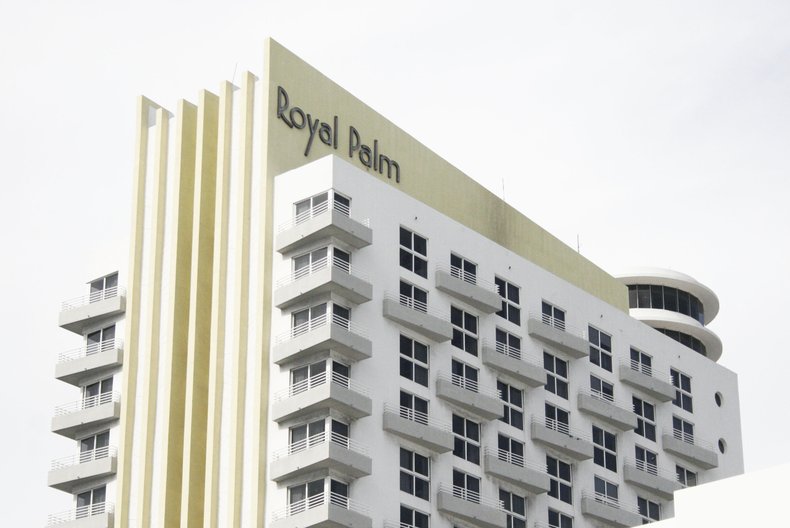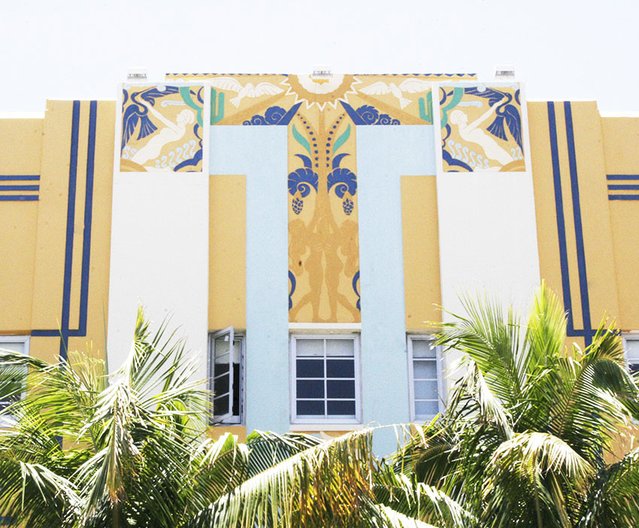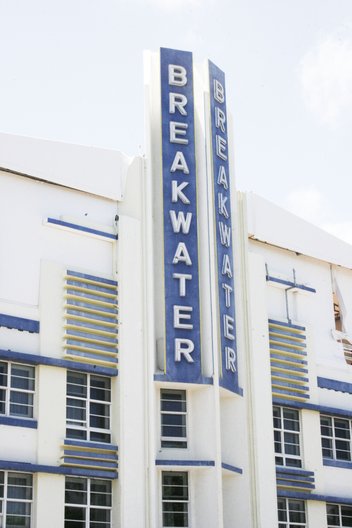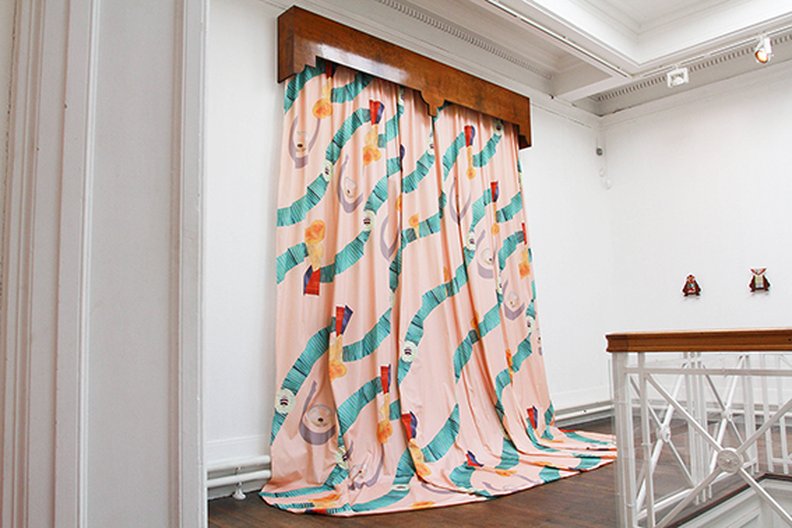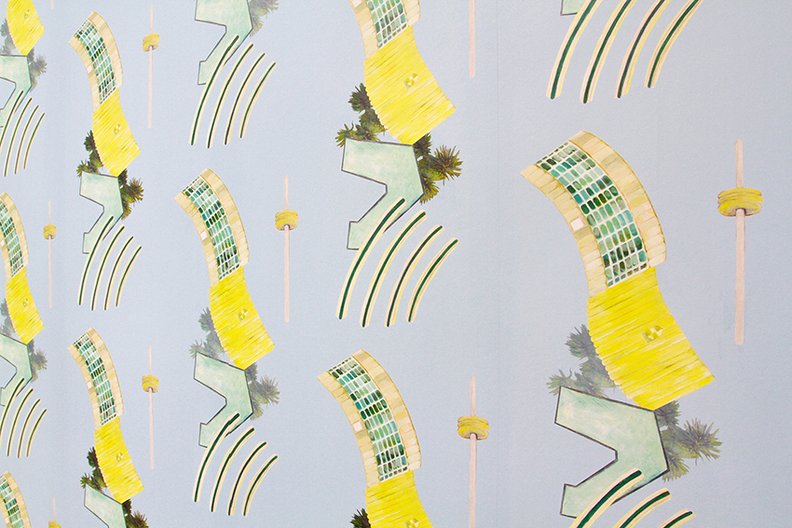24 July 2017
by Jenny Steele
Artist Jenny Steele has recently returned from Miami where she explored modern architecture and links to similar examples of 'Seaside Moderne' in Britain. Jenny's trip was supported by the Artist's International Development Fund (AIDF).
AIDF supports individuals based in England to travel, explore and collaborate internationally, and to develop markets and audiences overseas for their work; acting as a springboard for artists across all disciplines to promote themselves on the international scene.We caught up with Jenny to hear about her trip:
Hi Jenny, tell us about yourself.
I’m a visual artist based in Manchester, UK. My practice references 20th-century architecture and interiors; particularly coastal mid-war modernist architecture and design. I explore formal and decorative aspects of architecture and interiors, processing elements through drawing, printmaking, textiles and sculpture
Why did you choose Miami as the focus of your research project?
From 2014-2016, I researched 1930s seaside modern architecture in North West England and Scotland constructed in the mid-war leisure boom. My project 'Looking Back|Moving Forwards', explored iconic buildings such as Blackpool Pleasure Beach and The Midland Hotel, and lesser known structures such as the abandoned Lido at Grange over Sands, Cumbria. From this extensive research, I developed a new body of drawing, printmaking and sculptural work, which was exhibited in a solo exhibition at The Grundy Art Gallery, Blackpool, in 2016.
I wanted to extend my existing British research to Miami, as the breadth of architectural examples of Seaside Moderne in one small area is significantly higher than across the UK in its entirety.
What fascinated you about the modernist architecture of the sea front on Miami Beach?
The quantity and variety of Seaside Moderne architecture in Miami extensive in comparison to its UK counterparts, such as the De La Warr Pavilion. There are hundreds of examples of 1930s architecture on Miami South Beach, and each has their own identity, with its own design, motifs, colour scheme and personal history.
I wanted to find out the social context and history that enabled this community of seaside architecture to be built on such a large scale so quickly between World War I and II, and why this architecture had travelled there at that point in history. I also wanted to learn about how the architecture had been preserved over time, and if, and how it had been altered.
On a visual level, I wanted to document the materials and design features of the facades and interiors of each of the buildings, and consider how these might be similar or different to the British examples I have explored, such as Blackpool Casino and Pleasure Beach.
How did your research trip have an impact on your work, research, thinking and beyond?
This research has opened up my work significantly with regards to where I consider practising and exhibiting my work. Through conversations with artists and galleries in Miami, I am aware of the many opportunities to exhibit my work internationally, and this experience has made me more determined to ensure my practice develops in this way.
My time in Miami also made me consider how my previous research into mid war architecture and design relates to an international context, and how the development of particularly Seaside Moderne architecture varies from country to country. I would now like to expand this research to other countries, and also to further develop this research in Miami, focusing on particular examples of architecture.
To find out more about the Artists' International Development Fund and to apply visit our AIDF pages.
Category
Travelogue
Location
America
